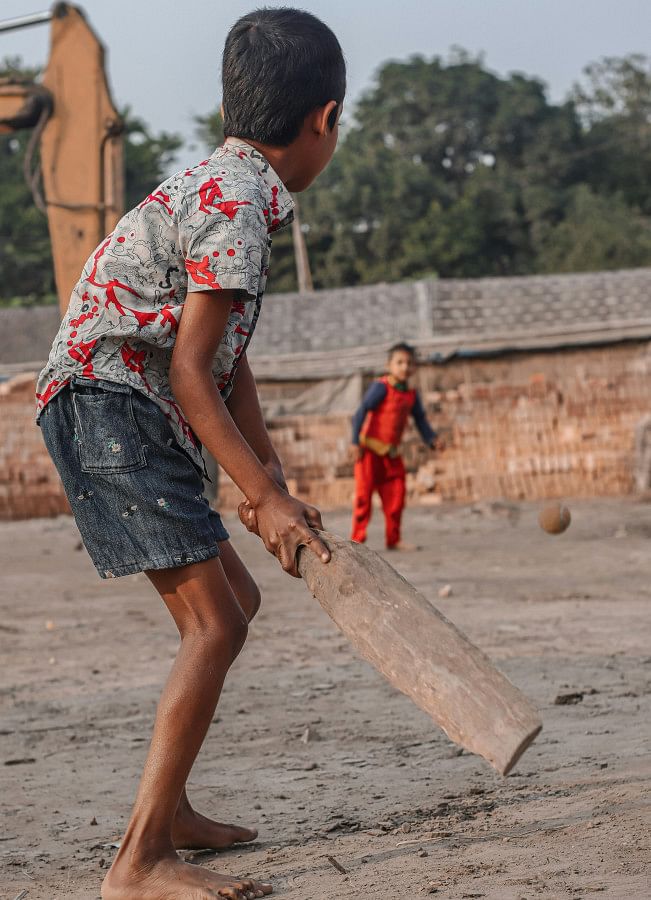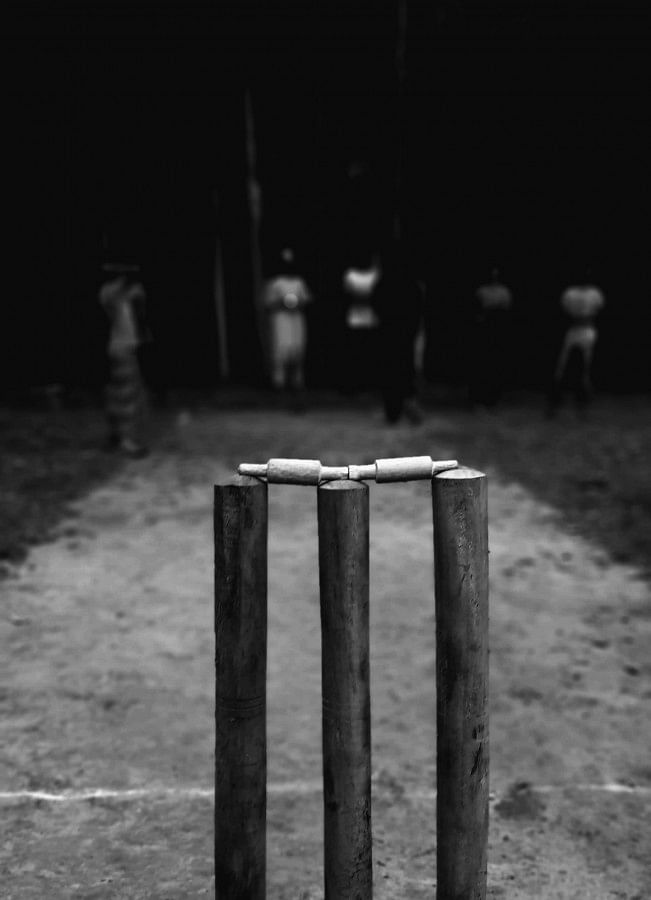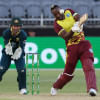Simply stating that we are a cricket-loving nation does not do justice to our passion for the sport. From the gentleman's game being played out in the street to the cricket field being brought into mobile phones in the form of apps and games, our relationship with the game runs deep. Even living in a concrete jungle does not stop us from enjoying our favourite sport. Be it a patch of the alley, a garage, a corridor, or even a rooftop, we make it our glorious cricket ground and our field has its own set of rules.
These radical laws of street cricket have emerged out of sheer practicality and the interesting dynamics of the cricketers in the street — and hence, the unwritten rules of the 'Code of Street Cricket'.

Hit too hard - and you're out!
The makeshift cricket field is small, often surrounded by buildings. And not everyone in those buildings is cheering the batter or rooting for a whopper.
The batter, therefore, has to be very calculative with the stroke. All players verbally agree at the beginning of the game that if a batter lands the ball in certain areas from where it cannot be recouped or hits a glass window, he is out.
This golden rule often comes with a sub-clause; landing the ball in areas recognised only as 'moderately dangerous' involves a batter being 'half-out'; so, two 'half-outs' and you are gone!
On matters of skirmishes
They say cricket is a gentleman's game. They should look into street cricket.
Players sometimes break into heated arguments: "Wasn't that a no-ball? It was a run-out for sure! How can this be wide?" And so on...
While many conflicts do not have set solutions and require lawyer-level skills from both teams, certain problems are resolved easily.
For starters, there's no such thing as LBW (for obvious reasons). Another conflict is based on the impatience for batting first. You do not want to wait and field for a long time. You want to bat! But so does every other player.
A solution involves the batting order being decided by lottery. A player goes to a corner away from others, writes numbers (one to five if there are five players, for example), draws out a line corresponding to each number, and then hides those numbers with the bat.
The rest of the players are then called to randomly choose. The bat is then removed, and the cricketers are bound to agree on the sequence!
This approach is often accompanied by a distinctive format of the game. Each team is a one-man army and gets to bat for a certain number of overs (if he remains not out), and the winner is the one who scores the highest runs.
The case of the 'common man'
At least one umpire is desirable. But strange as it may sound, the umpire in street cricket is a temporary role filled in by one of the players who is done with batting or is still waiting for his/her turn.
It is a role that can best be described as symbolic, as his/her authority can be questioned by the bowling team in the slightest case of suspicion.
Meanwhile, what if the total sum of players is an odd number? To resolve this dilemma, one player may be employed to play for both teams!
This odd player, who evens out both sides — let's call him the 'common man' — may be a junior chap or a novice player deemed as a liability.
He has yet to prove himself; becoming a game-changer in one match is what he needs!

DIY crafts
The replacement of the cricket ball with a tennis ball is commonplace. If that gets too boring, just get a tape and wrap around the ball for a better substitute.
When the concrete field does not allow you to affix the wicket, get a brick, make three holes in it, and then place the stumps. No proper wicket? No problem. Get a pile of bricks or any other object with similar dimensions. Not available? Just draw a set on the wall.
For a team sadly without the affordability to buy a bat, wooden planks are still shaped out to work as a makeshift one.
Be it lack of money or space, nothing stops the cricket fans from playing their sport, innovating rules, making up formats and coming up with alternative equipment and gear.
Such is our love for cricket!








Comments